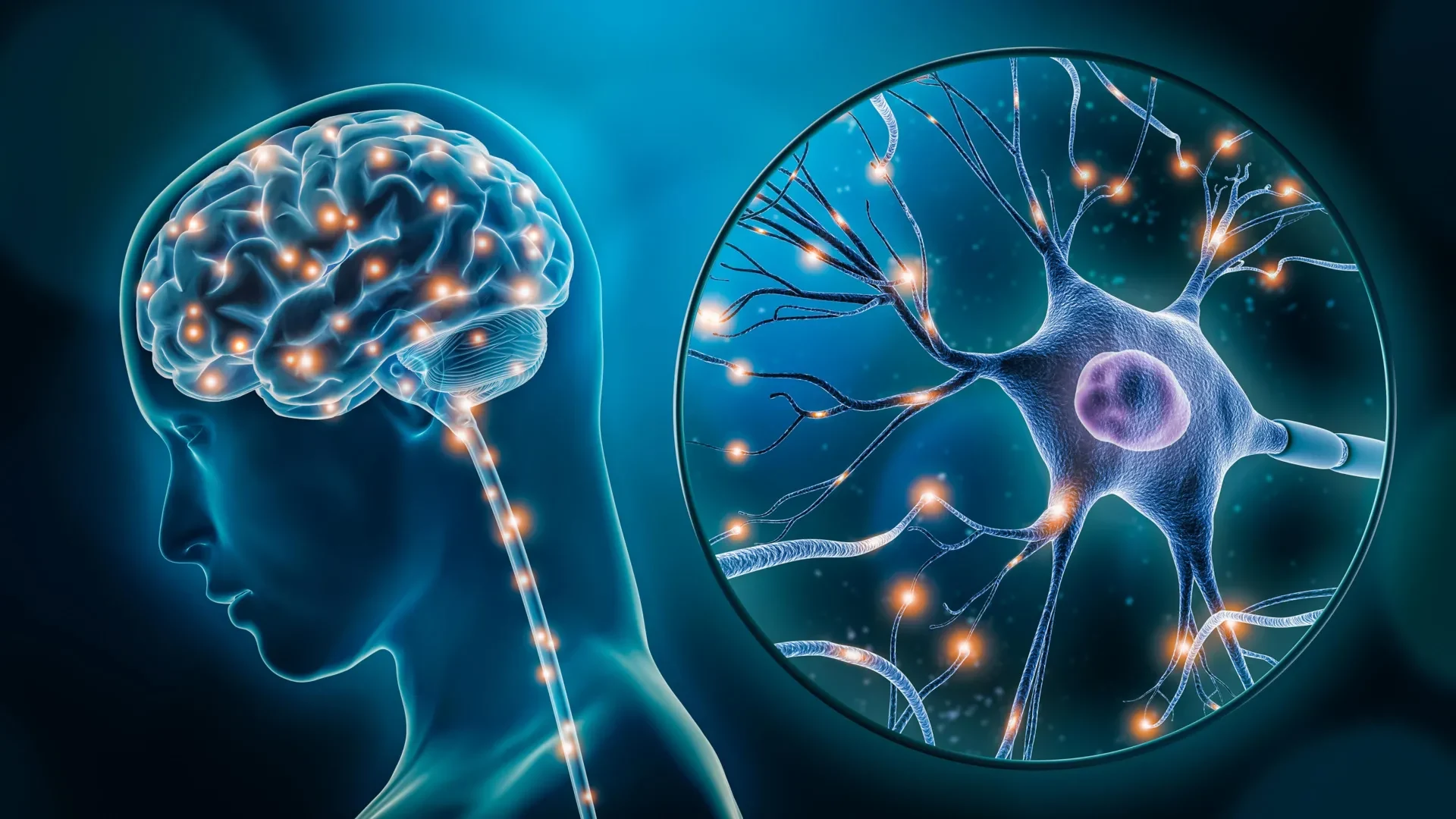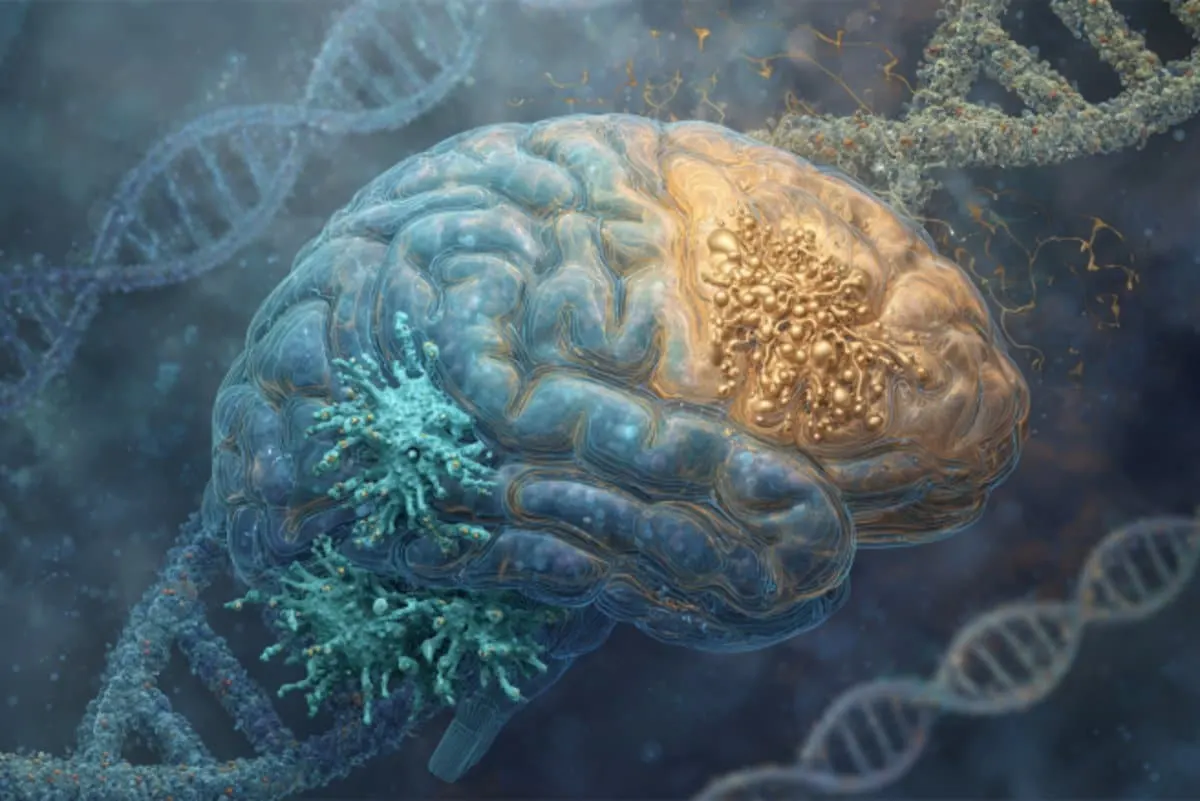Researchers map gene activity in excitatory neurons and microglia, offering new insight into depression's biological basis and pointing to future treatments.

October 11, 2025

Source:
ScienceDaily
Breakthrough in Depression Research
A study published in Nature Genetics has pinpointed specific brain cells that are significantly altered in people suffering from depression. Scientists from McGill University and the Douglas Research Centre led this collaborative effort, employing state-of-the-art single-cell genomics on post-mortem brain samples from 100 individuals. The project's scale and technology represent a milestone in mental health research (McGill News).
Key Findings
Altered gene expression was found in both excitatory neurons, involved in mood and stress, and microglia, the brain's immune cells.
Evidence of biological change demonstrates depression has a measurable cellular basis, moving understanding beyond psychological models.
Potential for new therapies as researchers now know which cell types and pathways are most affected.
Keep up with the story. Subscribe to the PR+ free daily newsletter

Source:
Neuroscience News
How Brain Cell Alterations Impact Depression
Excitatory Neurons and Microglia
Excitatory neurons regulate mood and response to stress. Disrupted gene activity here may contribute directly to depressive symptoms (NCBI).
Microglia, as immune cells, manage inflammation in the brain. Their abnormal activation can trigger neuroinflammation, damaging neurons and disrupting synaptic connections.
Cycle of Neuronal Damage
Abnormal microglial activation may worsen depression by creating a feedback loop of neuronal damage and chronic inflammation, a phenomenon discussed in recent psychiatric research (Frontiers in Cellular Neuroscience).
Read More

Source:
Journal of Neuroinflammation - BioMed Central
Share this news:




















